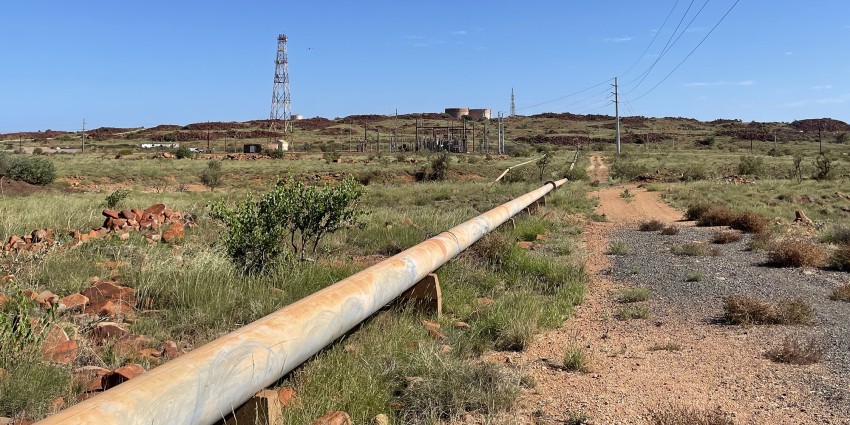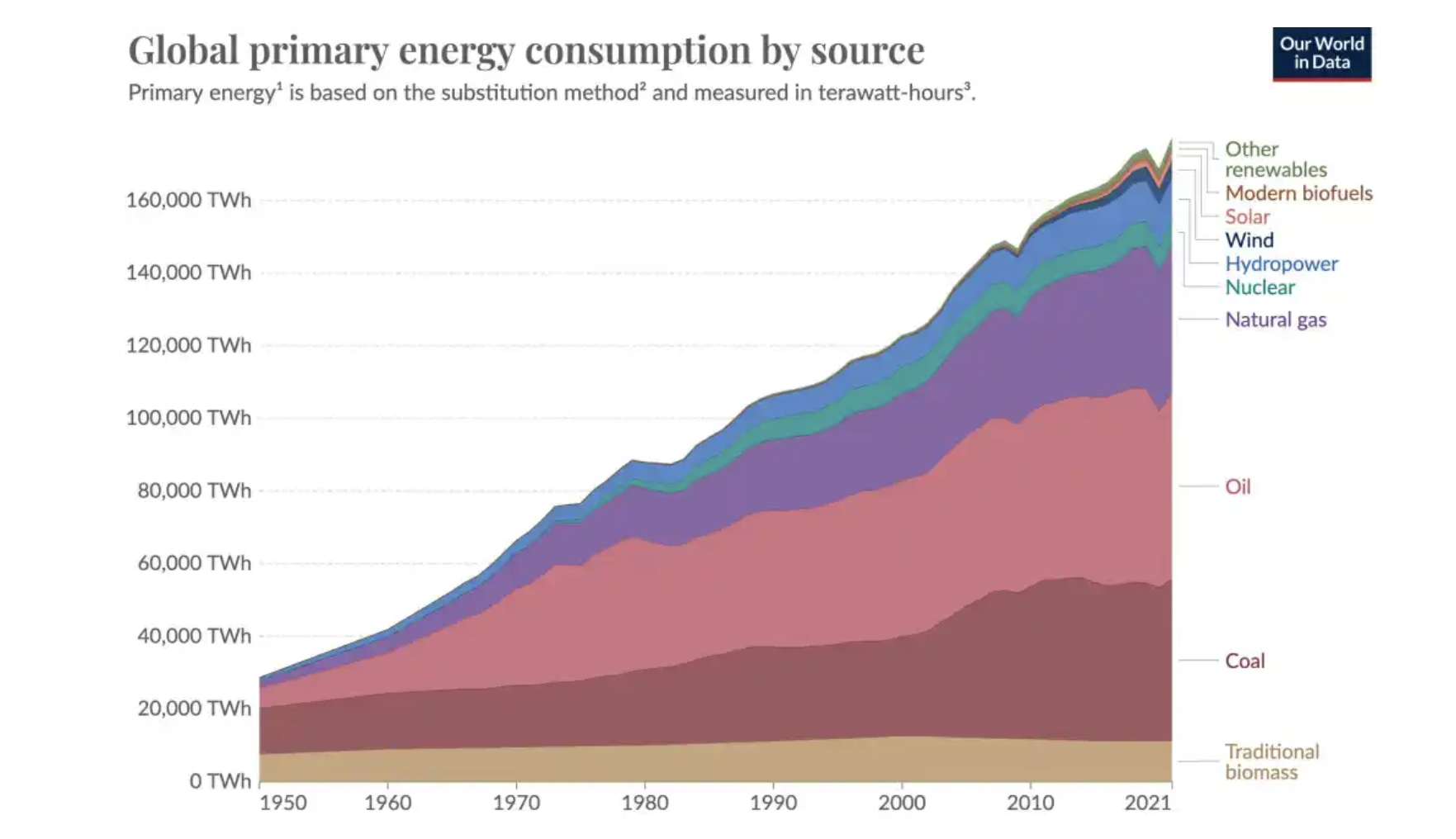Sign up for daily news updates from CleanTechnica on email. Or follow us on Google News!
The idea of beaming solar power down to Earth from space has been grabbing some attention of late, but that’s not the only space-based form of renewable energy available to Earth-dwellers. The Moon exerts a powerful force on the waters of the Earth in the form of tidal energy, and new tidal energy innovators are rushing to tap into it.
Renewable Energy From The Tides
Tidal energy is a harness-able force, with at least one project dating back to the 1960s. Unlike some other forms of renewable energy, though, tidal energy is geo-specific and it can require massive new infrastructure. However, the urgency of climate action has brought about some interesting solutions, such as a proposed tidal system that will double as a new city park and alternative transit corridor across the River Mersey in the UK.
The US has been lagging behind other nations in the tidal energy race, though things have been moving along over the past 10 years. In 2013, for example, the US Department of Energy poured $16 million in funding towards 17 marine energy projects including wave energy as well as tidal energy.
CleanTechnica has been taking note of a number of tidal and wave projects in the US including the RITE project in New York City’s East River. Despite the name, the East River is a tidal waterway with powerful currents. The project comes under the wing of the firm Verdant Power, which began applying for a permit from FERC to operate they system as a pilot project all the way back in 2003.
In contrast to infrastructure-heavy “barrage” type tidal systems, the RITE project deploys turbines tethered to the riverbed. The first turbines were deployed 16 years ago and the project was decommissioned in 2021 after achieving key technology developments to its credit.
Massachusetts Seeks Renewable Energy From The Moon
The state of Massachusetts has also been casting about for new forms of renewable energy and has spotted a tidal opportunity in the Cape Cod Canal, a fast-moving waterway that separates the Cape from the rest of the state.
The project comes under the umbrella of the Marine Renewable Energy Collaborative. Earlier this month the organization’s Executive Director, John Miller, shared an update on LinkedIn in which he celebrated the award of an 8-year pilot license for the project from the Federal Energy Regulatory Commission.
The license provides the Marine Renewable Energy Collaborative with the seal of approval for a testing its tidal energy system at the Bourne Tidal Test Site. “BTTs provides tidal turbine developers an unmatched capability for testing prototypes up to 3 meters in diameter,” Miller explained.
He also noted that BTTS provides a way to overcome one key obstacle, which is the current lack of a suitable test site for tidal energy turbines in the US. The only available option for testing multiple devices is to use a test tank, which are typically housed at universities in the US.
“Developing new turbine technologies is very challenging and costly,” Miller wrote. “University test tanks can only test small prototypes and components of less than one meter. Testing large devices in the ocean requires extensive permitting that is costly and time consuming.”
The Marine Renewable Energy Collaborative further explains that BTTS is a partial scale installation providing for tidal turbines of 10 feet in diameter. A full scale turbine would be much larger, at 40 feet. Nevertheless, the 10-foot scale serves as an effective scale-up from a testing tank to an open waterway, with the aim of avoiding turbine failure related to moving too quickly into larger stages of development.
“It is also more cost effective costing as little as $30,000 for a test versus several million at full scale sites. The BTTS offers testing at Technology Readiness Level (TRL) of 5/6, partial scale in relevant conditions, at a secure and easily accessible site,” the organization adds.
More Renewable Energy For New England
If you caught that thing about technology readiness, that refers to a system of assessing the maturity of a particular technology. An initial observation of principles gets a rating of 1. By level 5/6 the technology should be out of the lab and commencing real-world test phases.
The RITE project, for example, earned the highest rating of 9 before it was decommissioned, indicating its reliability for commercial deployment or other uses.
CleanTechnica will be keeping up with the Massachusetts Renewable Energy Collaboration as deployment gets under way. Meanwhile, it’s fair to ask how tidal systems fit into the state’s renewable energy picture. After all, Massachusetts already has a copious share of offshore wind energy at its disposal.
Miller has the answer. “Tidal energy is an important piece of the mix because it is reliable, predictable, and available along coasts where population densities are highest,” he explained in his LinkedIn post.
“Massachusetts waters could generate the equivalent of a nuclear power plant,” he added. “Tidal energy has been shown to have minimal impact on the environment because the blades turn slowly and placed on the ocean bottom has no visible impact on coastal beaches.”
In an interesting twist, BTTS was the location of a tidal energy experiment that took place 30 years ago, involving an innovative new turbine developed at Northwestern University. “That technology has been commercialized and is being deployed in Alaska and exported to Chile. Its time for the next generation and we are ready,” Miller wrote.
Marine Renewable Energy Is Just Beginning To Flex
Opportunities to deploy tidal devices in the crowded New England coast may be somewhat limited, but the US Department of Energy has also been eyeballing tidal energy as a means of providing remote communities in other parts of the nation with a reliable source of renewable energy.
The 2021 Bipartisan Infrastructure Law allocates a total of $35 million for the Energy Department in support of tidal energy projects. The funding program kicked off with the announcement of two projects on February 6.
“Tides and currents are incredibly predictable, meaning these resources could help balance other sources of renewable energy and be important contributors to a 100% clean energy grid,” the Energy Department noted.
One project will be located in a remote area of the Cook Inlet in Alaska, which the Energy Department has determined is the single largest tidal energy resource in the US. The other project will take place in Rosario Strait, in the San Juan Islands area of Washington State.
Don’t get too excited just yet. The first phase of the program, which is expected to last about 12 months, will involve site evaluation and a long to-do list related to licensing and environmental monitoring among other tasks.
The two projects are expected to have their paperwork submitted for licensing and permitting at the end of Phase 1. However, only one of them will qualify for additional Energy Department funding of up to $29 million for actually testing and operating the device.
The same funding round also provided $9.5 million for a hydrokinetic project in a river, which is another type of water-based renewable energy that CleanTechnica has been following. River-based hydrokinetic devices are designed to harvest energy from the ambient current, so they do not require a hydropower dam.
The Energy Department is aiming for widespread application of hydrokinetic turbines in remote inland communities. In Alaska, for example, the agency counts more than 90 remote communities on or near rivers.
The new funding will go to a project under the wing of the University of Alaska Fairbanks, to be located in the Yukon River at Galena, Alaska. The aim is to replicate and tailor the technology throughout the state, to meet the needs of individual communities.
Follow me @tinamcasey on Bluesky, Threads, Instagramt, and LinkedIn.
Image: A new renewable energy test bed in Massachusetts will help scale up tidal energy devices from the test tank to the open water (courtesy of Massachusetts Renewable Energy Collaboration).
Have a tip for CleanTechnica? Want to advertise? Want to suggest a guest for our CleanTech Talk podcast? Contact us here.
Latest CleanTechnica.TV Video
CleanTechnica uses affiliate links. See our policy here.





